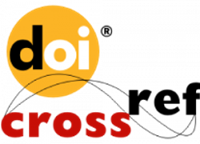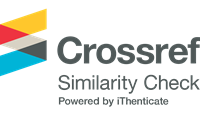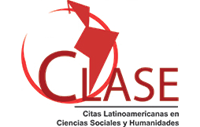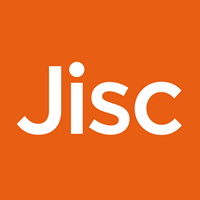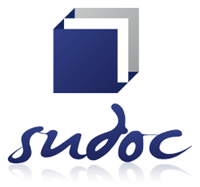A comparison between analogic and digital media in Engineering teaching
Abstract
Form representation is essential for any area that involves the creation of artefacts, since without it the project is just an idea in the mental field. In general terms, it is the ability to perceive and understand shapes and represent them through perspectives and orthographic views, as well as through models and geometric models. Given the issues raised, it is possible to understand the importance of knowledge related to the graphic representation of architecture for professionals involved with the Aeco Industry (Architecture, Engineering, Construction and Operation) and, also the relevance of graphic geometry disciplines on the development of Visiographic Three-dimensional Capacity. So, this paper aims to investigate the impact caused by the use of traditional and digital media in the teaching of graphic representation. To this end, two groups of students were compared, one exposed to the use of both media - analogic and digital - and another that used just digital media. From the application of questionnaires, it was possible to identify the student’s profile, their preferences of media and difficulties encountered. The work presumes that students exposed to more disciplines of graphic geometry will have less difficulties compared to those who had less contact. The main results indicated that: there is a preference, in both groups, for digital media to perform practical activities; the need to adapt the content to each specific engineering and that the most significant difficulties were related to work management, regardless of the media used.
Downloads
References
Barros, T. F. V., & Correia, A. M. A. (2007). Quebrando tabus: o ensino do desenho arquitetônico no curso de engenharia civil. In XVIII Simpósio Nacional de Geometria Descritiva e Desenho Técnico (p. 1-10). Curitiba, PR: UFPR.
Conselho Federal de Engenharia e Agronomia [CONFEA]. (2005). Resolução nº 1.010, de 22 de agosto de 2005. Diário Oficial da União, Brasília, DF.
Conselho Nacional de Educação [CNE]. (2002). Resolução CNE/CES 11, de 11 de março de 2002. Diário Oficial da União, Brasília, DF.
Fachin, O. (2006). Fundamentos da Metodologia (5a ed.). São Paulo, SP: Saraiva.
Farelly, L. (2014). Fundamentos de arquitetura (2a. ed.). Porto Alegre, RS: Bookman.
Fulgêncio, V. A. (2019). Avaliação do ensino de representação gráfica arquitetônica para engenharias: um estudo de caso. In L. F. P. Cotian (Org.), Engenharias, ciência e tecnologia 7 (p. 10-19). Ponta Grossa, PR: Atena.
Marconi, M. & Lakatos, E. (2003). Metodologia Científica (5a ed.). São Paulo, SP: Atlas.
Montenegro, G. A. (2007). Desenho arquitetônico (4a. ed., rev.). São Paulo, SP: Edgar Blücher.
Rêgo, R. M. (2008). Educação gráfica para o processo criativo projetual arquitetônico: as relações entre a capacidade visiográfica-tridimensional e o uso de instrumentos gráficos digitais para a modelagem geométrica (Tese de Doutorado). Universidade Federal da Bahia.
Schneider, S., & Schimitt, C. J. (1998). O uso do método comparativo nas Ciências Sociais. Cadernos de Sociologia, 9, 49-87.
Valente, V. C. P. N. (2003). Desenvolvimento de um ambiente computacional interativo e adaptativo para apoiar o aprendizado de geometria descritiva (Tese de Doutorado). Universidade de São Paulo.
Zevi, B. (2009). Saber ver a arquitetura (6a ed.). São Paulo, SP: WMF Martins Fontes.

This work is licensed under a Creative Commons Attribution 4.0 International License.
DECLARATION OF ORIGINALITY AND COPYRIGHTS
I declare that this article is original and has not been submitted for publication in any other national or international journal, either in part or in its entirety.
The copyright belongs exclusively to the authors. The licensing rights used by the journal are the Creative Commons Attribution 4.0 (CC BY 4.0) license: sharing (copying and distributing the material in any medium or format) and adaptation (remixing, transforming, and building upon the material thus licensed for any purpose, including commercial purposes) are permitted.
It is recommended that you read this link for more information on the subject: providing credits and references correctly, among other crucial details for the proper use of the licensed material.










